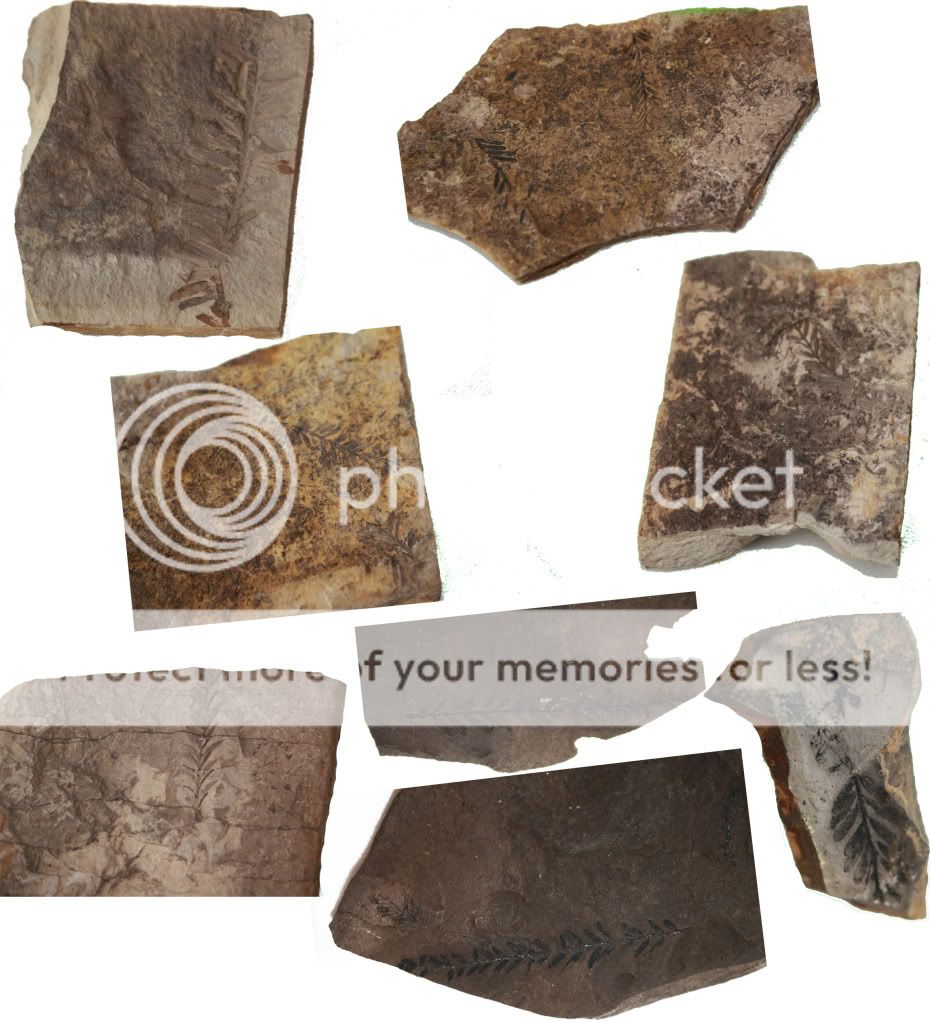Fossil Finding
If you look at things to do in the Princeton area going to the
musuem and looking at the fossils is one of them. I was broughten
to this area by friends who while exploring saw a group of people
looking at rocks. Intreged they stopped to see what was going on
and learned that they were from UBC and looking at the fossils. One
of the coolest things is that a fossil of a fish was found here and
is now at UBC, that would mean this area at one time was under
water! Hard to believe isn't it. We spend 10mins looking in this
area and for over 20 different fossils. Read below and learn a bit
about how Fossils are formed and answer the following questions to
claim this earthcache. Please note "Fossils are protected under the
BC Heritage Conservation Act."
Introduction of Organisms
Rock fossils are formed when an organism's remains get trapped
in a layer of sediment for millions of years. When an organism
dies, it sinks to the bottom of a body of water, usually an ocean
or a lake. Over time, the soft tissue decomposes, leaving only the
skeleton. Sediment such as mud or sand collects on top of the
skeleton. In this way, the bones are encased in several thick
layers of earth. According to the Oxford University Museum of
Natural History, the ocean is an ideal place for fossils to form
due to the pressure of the water.
Lithification
With each new layer of sediment, the previous layers thicken as
they are compressed by the weight above. In addition to the
pressure, according to the University of Michigan, seawater or
groundwater forms mineral crystals that bind sediment particles
together. Calcite, quartz and hematite are three of the most common
minerals to play a part in lithification, or the creation of stone
from sediment.
Casting a Mold
As water makes its way through the sedimentary rock, it begins
to erode the bones of the organism that was there. This leaves an
empty space in the shape of the bones and serves the same purpose
as a mold. Mineral crystals gather here, binding together and
forming a structure that has the outward appearance of the remains.
This is the rock fossil, and it is encased inside stone until
natural geologic processes bring it to the surface.
Sooooo...How did Fossils form in this location?
Around 45-50 million years ago, during the middle Eocene, a
number of freshwater lakes appeared in an arc extending from
Smithers, through the modern Cariboo, to Kamloops, the Nicola
Valley, Princeton, and Republic, WA.
The lakes probably formed after a period of faulting created
depressions in the ground, producing a number of basins, called
grabens into which water collected - imagine gorgeous smallish
lakes similar to Cultus out near Chiliwack, British Columbia
today.
The groaning Earth, pressured by the collision of tectonic
plates producted a series of erupting volcanoes around the Pacific
Northwest. These spouting volcanoes blew fine-grained ash into the
atmosphere and it rained down on the land. The ash washed into the
lakes and because of its texture, and possibly because of low water
oxygen levels on the bottoms that slowed decay beautifully
preserved the dead remains of plant, invertebrate, and fish fossils
- some in wonderful detail.
In and around the town of Princeton, there are many places to
collect. The fossils you find here are all middle Eocene, Allenby
Formation and most have a high degree of detail in their
preservation.
A crack of the hammer yields fossil maple, alder, fir, pine,
dawn redwood and ginko fossil material. Several species of
fossilized insects can be found in the area and rare, occasional
fossil flowers and small, perfectly preserved fish. It is also home
to one of the world’s oldest bee’s - a find by Rene
Saveneye.
